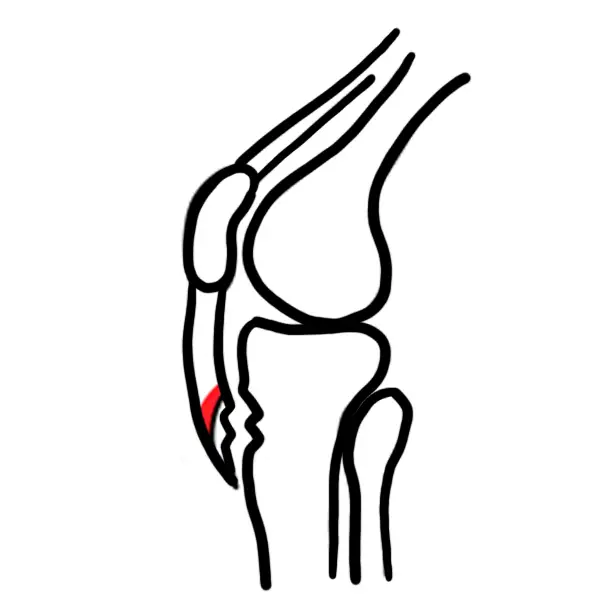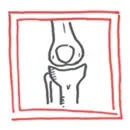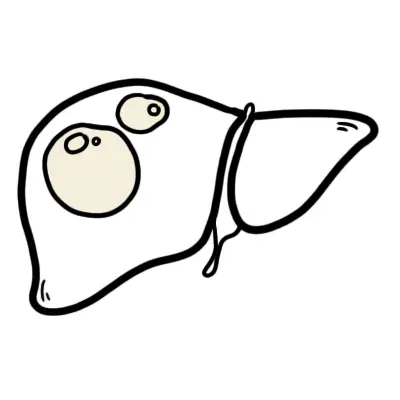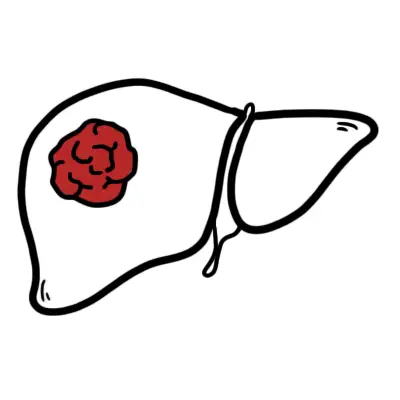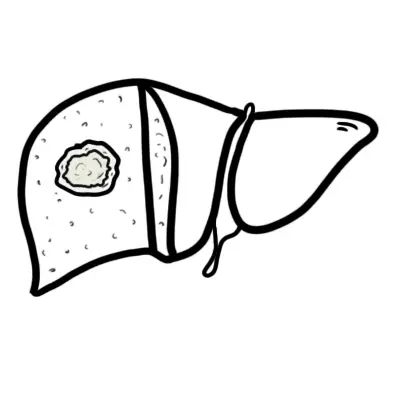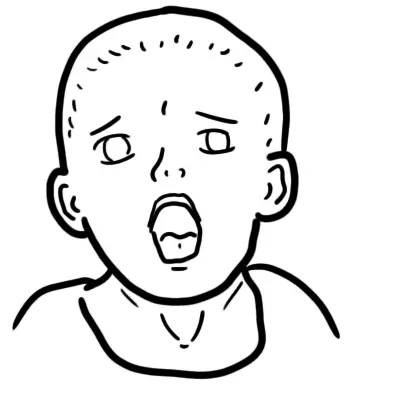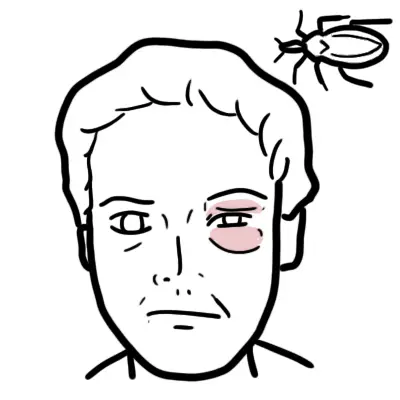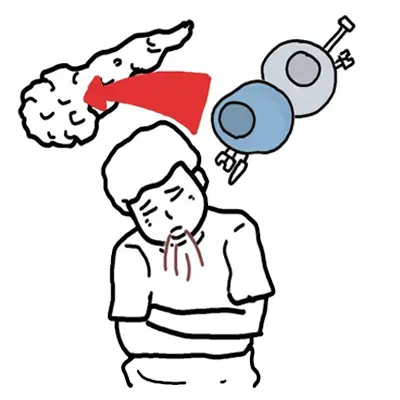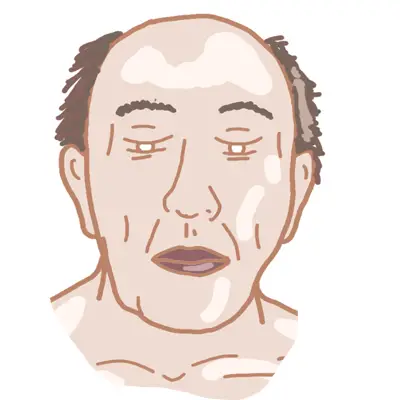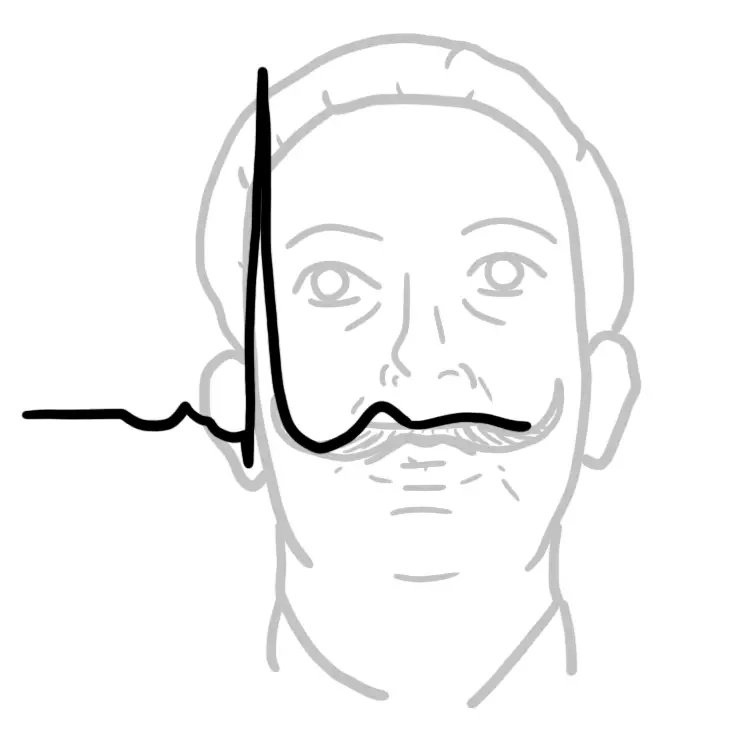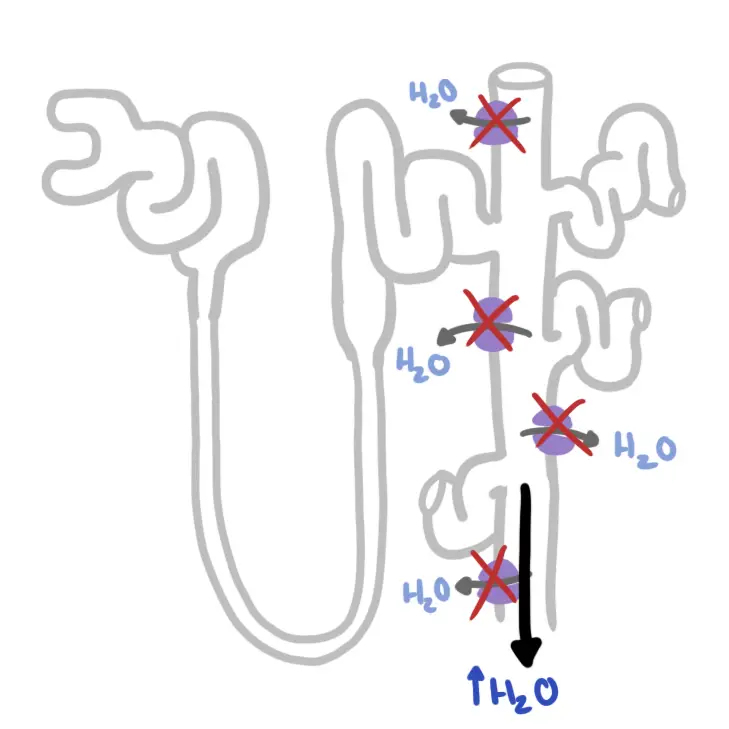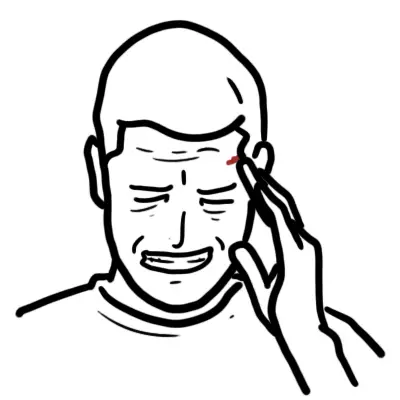Overview
Overview Septic arthritis refers to infection in a joint; it is usually caused by bacteria but can be caused by fungi or mycobacteria. Septic arthritis due to bacterial infection is often a destructive form of acute arthritis
| Defintion Arthritis: Inflammation of joint Arthrosis: Degeneration of joint Septic Arthritis: Infection of joint |
Risk Factors
- Age >80 years
- Diabetes mellitus
- Rheumatoid arthritis
- Presence of prosthetic joint
- Recent joint surgery
- Skin infection
- Intravenous drug abuse, alcoholism
- Prior intraarticular corticosteroid injection
Signs and Symptoms
Monoarthritic Joint (Oligoarticular or polyarticular infection occurs in approximately 20% of septic joint infections)
- Severe pain
- Swelling
- Warmth
- Restricted movement
- Fever
- Chills
| Remember The knee is involved in more than 50 percent of cases |
| Remember Septic arthritis can result in irreversible joint damage within 48 hours of the onset of infection due to the proteolytic enzymes of the white blood cells that flood the infected synovial space. |
Differential Diagnosis
| Monoarthropathy | Oligoarthropathy | Polyarthropathy |
| Septic arthritis | Crystal arthritis | Rheumatoid arthritis |
| Crystal arthritis (Gout) | Psoriatic arthritis | Viral Arthritis |
| Osteoarthritis (can be mono-poly) | Reactive arthritis | Autoimmune connective tissue disease (ie. SLE) |
| Trauma (Haemarthrosis) | Ankylosing spondylititis | Vasculitides (ie. Polymyalgia Rheumatica) |
Other
- Transient synovitis
- Osteomyelitis may also mimic septic arthritis in its presentation
- Trauma
- Tumours
| Transient synovitis: or Irritable hip, is a common disorder of childhood which presents with the acute onset of hip pain and a limp that gradually resolves. The history is one of an acute onset of hip pain and a limp, followed by knee pain and inability to weight bear. On examination, the affected leg tends to be held in the position of greatest ease, typically, one of flexion, abduction and slight external rotation. |
| Osteomyelitis: The patient usually presents with pain, malaise and a fever and in neglected cases toxaemia may be marked. Sometimes a history of preceding skin lesion, an injury or sore throat may be obtained, the limb is held still and there is acute tenderness near the largest joint. Even gentle manipulation is painful and joint movement is restricted. Local redness, swelling, warmth and oedema are later signs and signify the presence of pus. |
Investigations
Patients with suspected septic arthritis should be referred urgently and immediately for hospital specialist review
- Joint aspiration - Synovial Aspiration
- FBC
- EUC
- CRP/ESR
- Blood cultures
- Urinalyis
- Anti-streptolysin O titre
| Synovial fluid analysis | |||
| Aetiology | Colour and Clarity | WBC (mm³) | |
| Normal | Normal | Clear and transparent | <200 |
| Inflammatory | Gout | Yellow and traslucent-opaque | 2000-100,000 |
| Septic | Bacteria | Yellow/green and opaque | >25,000 - >100,000 |
| Haemorrhage | Trauma | Red and Bloody | 200-2000 |
Diagnosis - Identification of bacteria in the synovial fluid
Aetiology
Common
- Staphylococcus aureus - In patients with comorbid joint disease or recent joint surgery
- Group A Streptococcus
- Neisseria gonorrhoeae - Sexually active adult
Other
- Anaerobic microbes
- Fungal
| Remember In children Staphylococcus aureus is the most common pathogen. Other causative organisms include group A Streptococcus and Enterobacter species. Haemophilus influenzae septic arthritis may occur in children who have not been vaccinated. |
Pathophysiology
Septic arthritis involves bacterial infection of a synovial joint.
- Haematogenous bacterial spread is the most common cause of septic arthritis
- Osteomyelitis of adjacent bones may also result in joint infection
- Direct inoculation via penetrating injuries or surgery can occur
Proteolytic enzymes released by host inflammatory cells and certain bacteria cause cartilage destruction.
Management
- Broad Spectrum Antibiotic therapy
- NSAIDs
- Joint drainage and lavage of the joint
- Tailored antibiotic regime following identification of microbe
Complication and Prognosis
Complications
- Antibiotic allergic reaction
- Osteomyelitis
- Dislocation – a tense effusion may cause dislocation of a joint.
- Joint destruction
- Joint destruction in children:
- Epiphyseal destruction. In neglected infants, the largely cartilaginous epiphysis may be destroyed, leaving unstable psudeoarthrosis.
- Growth disturbance - Physeal damage may result in shortening or deformity.
- Ankylosis - If articular cartilage is eroded, healing may lead to ankylosis.
Prognosis Delayed or inadequate treatment can lead to irreversible joint destruction and subsequent disability (<48hours). There is also an estimated case fatality rate of 11%.


